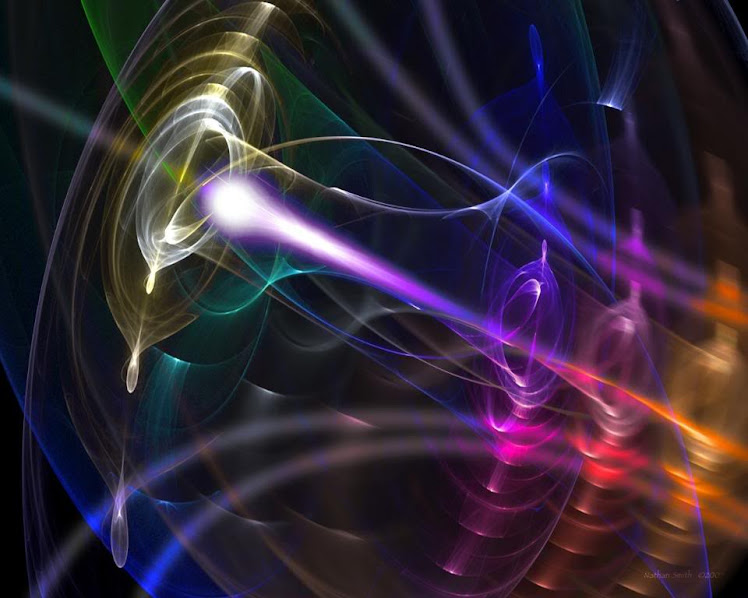The crux of the discomfort experienced bodily at any point in time is the direct effect of the state of our inner self. If the inner self is out of sync, the body responds by not being at ease and we get the sensation of being uncomfortable just like the sensations we experience when our attire does not fit us the way we want. So, the important question is, how do we address this issue? Well, it’s not really a very big thing and an everyday routine of 5-10 minutes with yourself and for yourself should be enough to always keep you in high spirits. ARE YOU READY TO EXPLORE IT?
Here goes....
We will need earplugs, a quiet place and 10 minutes of ME TIME.
Please put your mobiles on flight mode
Please sit down ( you can sit cross legged or you can sit on a straight backed chair so that your spine is straight). Put your hands palms up on your thighs if you are on a chair and on your knees if you are cross legged. Put on your earplugs, start the music in the link I am adding below. Adjust the volume to your comfort level. Close your eyes and take a long breath with your mouth open and now release it slowly through your nose with your mouth closed. Do this 3 times. Now just let the music notes seep into you and imagine them flowing through your head and flowing downwards into your body reaching each and every cell, spreading all around inside your body and moving down to your feet. From your feet let it flow to the center of the Mother Earth, it gets blessed and flows back into your body. It carries your negatives through the waves to the Mother and the Mother removes them. Just keep visualising this flow till the music ends. Now again breathe 3 times paying attention to your breath. Slowly get up and open your eyes slowly. Raise both your hands above your head and bend forward towards the ground. Straighten up, extend both arms on the sides and move them up and down like a flying bird a few times. Let them softly fall to your sides. Swing left and right from your waist. Put your hands on the center of your chest, right hand below, left over it, close your eyes and say THANK YOU. That’s it. Feel the sense of well being.
This is the link
https://youtu.be/uOIHHMnI_Ig
Here goes....
We will need earplugs, a quiet place and 10 minutes of ME TIME.
Please put your mobiles on flight mode
Please sit down ( you can sit cross legged or you can sit on a straight backed chair so that your spine is straight). Put your hands palms up on your thighs if you are on a chair and on your knees if you are cross legged. Put on your earplugs, start the music in the link I am adding below. Adjust the volume to your comfort level. Close your eyes and take a long breath with your mouth open and now release it slowly through your nose with your mouth closed. Do this 3 times. Now just let the music notes seep into you and imagine them flowing through your head and flowing downwards into your body reaching each and every cell, spreading all around inside your body and moving down to your feet. From your feet let it flow to the center of the Mother Earth, it gets blessed and flows back into your body. It carries your negatives through the waves to the Mother and the Mother removes them. Just keep visualising this flow till the music ends. Now again breathe 3 times paying attention to your breath. Slowly get up and open your eyes slowly. Raise both your hands above your head and bend forward towards the ground. Straighten up, extend both arms on the sides and move them up and down like a flying bird a few times. Let them softly fall to your sides. Swing left and right from your waist. Put your hands on the center of your chest, right hand below, left over it, close your eyes and say THANK YOU. That’s it. Feel the sense of well being.
This is the link
https://youtu.be/uOIHHMnI_Ig







